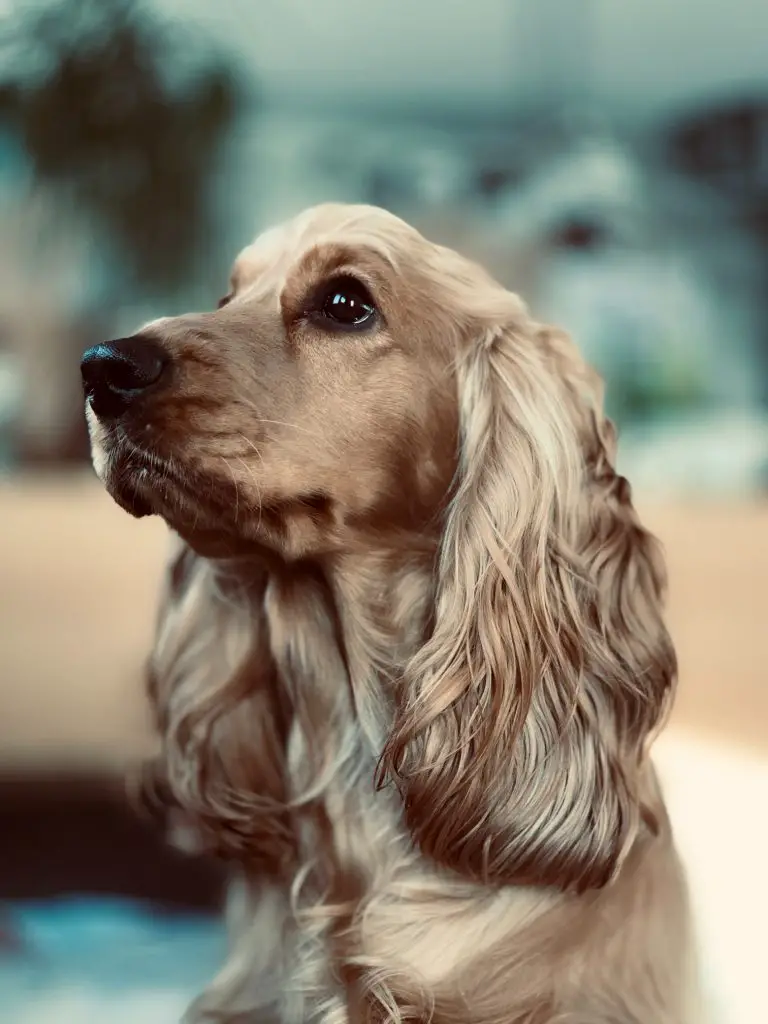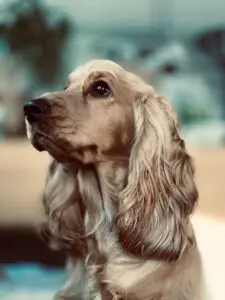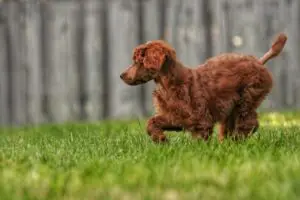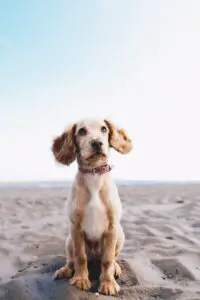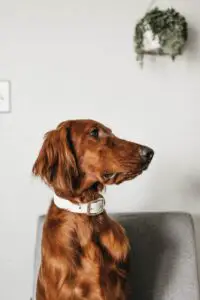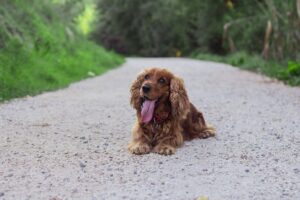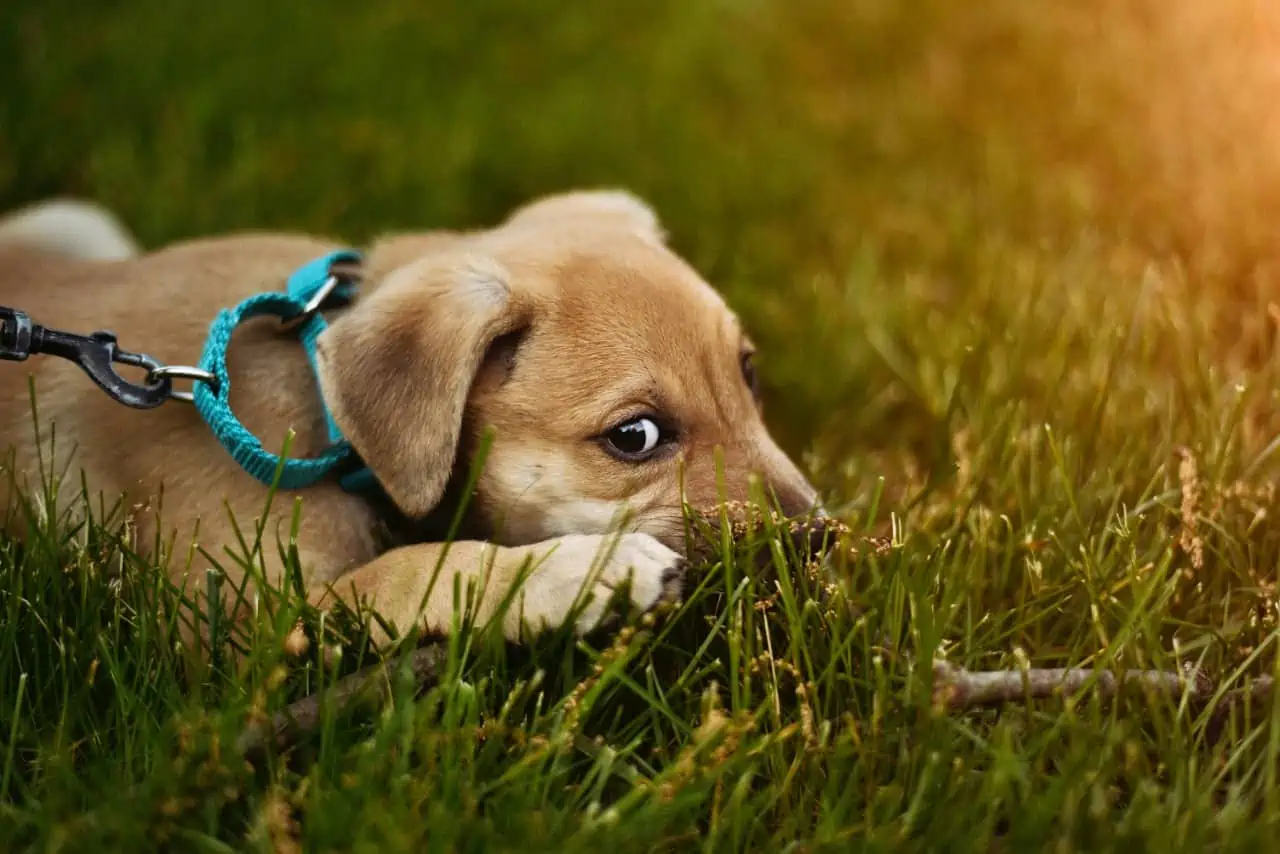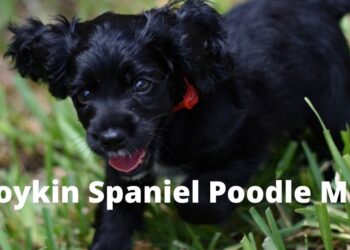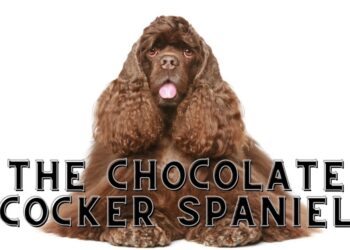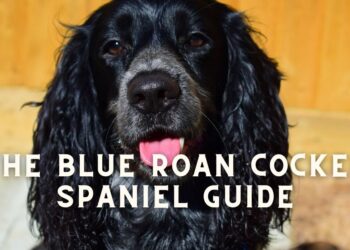Table of Contents
Coker Spaniel
Cocker Spaniel dogs are one of the most well known of the breeds. When you look into their deep, loving and intelligent eyes you instantly know why Cockers are so popular. It’s the whole ‘butter wouldn’t melt in my mouth’ facial expression with love straight from their heart to yours.
Cocker Spaniels are mild-mannered, lively and generally submissive dogs that wow people with their beauty. Their fur comes in two varieties, either medium thickness long fur or medium thickness long fur with a feathery undercoat. Either variety has a silky sparkling finish that is both soft and springy to the touch.
English Cocker Spaniel dogs colour:
- Apricot
- Black
- Black and tan
- Black and white
- Black, white and tan (Tricolour)
- Blue roan
- Blue roan and tan
- Blue tick
- Buff
- Chocolate
- Chocolate and tan
- Chocolate and white
- Chocolate roan
- Chocolate roan and tan
- Chocolate, white and tan
- Copper red
- Gold
- Lemon
- Lemon and white
- Lemon roan
- Orange
- Orange and white
- Orange roan
- Red
- Red and white
- Red roan
- Sable
- Silver
Cocker Spaniel dogs are often referred to as Cockers or Merry Cockers, because of their happy disposition and lovable nature. One of the breeds’ main characteristics is their ever wagging tail when they have the company of either dogs or people around them.
Originally bred as a hunting dog to hunt woodcock, hence the name cocker, they are still used for raising and retrieving game in the UK, but not nearly as much in the US. In the UK there are two main varieties of Cocker Spaniel, field / working and show.
The show variety resembles its American cousin, the American Cocker Spaniel, although it’s still closer to the working dog form of the Field Spaniel and the English Springer Spaniel. In recent years there has been a rise in the percentage of both show and working dogs living purely as pets rather than as show or working dogs. In the UK the breed is generally known as the Cocker Spaniel, as is the American Cocker Spaniel within the US.
They are very loyal and will often choose one person from their family / pack as their companion. Whilst the percentage domesticated has increased their voracious appetite for running and playing hasn’t diminished. They will conserve their energy by lying around, but this is often not for long as they like to get up and be active as much as possible and therefore need more physical and mental stimulation than some other breeds.
It is fairly well known that the English Cocker Spaniel dog is one of the oldest breeds in the world. The origin of the breed as we know it is believed to be somewhere in Europe. Archaeological digs have unearthed coins depicting hunting images of spaniel like dogs and larger greyhound like dogs alongside Alexander III of Macedon (Alexander the Great) which would date the spaniel breed back to before 323 BC.
It is generally surmised that the Western European people who were migrating before the Roman and Norman Invasions most likely travelled with their spaniels to different parts of the UK.
When these migrants came over to the UK and some of their words were absorbed into English the additional word spaniel was created by the convergence of the two words epagneul (French) and espagnol (Spanish). The origins of the breed are probably more likely to have come from Spain rather than France, but both countries clearly had a spaniel breed defined.
Although documentary evidence shows spaniel breeds from 948 it’s only generally within the last 500 years that they can be found in works of art and literature.
Recorded references to spaniels include:
1) The Welsh King Hywel Dda / Hywel the Good / Howell the Good (c. 880 – 950) valued the ‘King’s Spaniel’ at one pound which back then would buy several goats, geese, slaves or a wife.
2) Geoffrey Chaucer (c. 1343 – 1400) wrote a negative review of them in one of his works because he found their nature to be too friendly.
3) Dr. John Caius (1510 – 1573), wrote that all spaniels were either white with red or white with black and commented on their friendly character and constantly wagging tail in the Treatise of Englishe Dogges (c. 1570).
Spaniels had now been used for centuries as one of the most versatile breeds of hunting dogs and it was at this point that Dr. Caius divided the spaniels into land and water spaniels. The breeds that we know today were not really differentiated until around the mid 1800s.
From this differentiation land spaniels became a bit more specialised and sub-groups were made based upon weight. According to the 1840 Encyclopedia of Rural Sports, Cockers were 12–20 lb (5.5–9 kg). It was not unusual for both Cockers and Springers to come from the same litter and even a puppy from a toy size lineage could grow to be a springer.
Land spaniels were now beginning to be used in three distinct roles. The stalking spaniels were used by lying in front of a game which was then netted along with the dog. The setting spaniels caught the game and were also netted with the game.
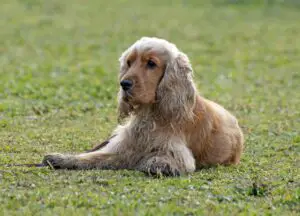
The springing spaniels were used to drive the game out of cover. Prior to the rifle being invented a huntsman set his falcon on the game which proved to be effective in combination with the latter group of spaniels who later became the dogs used for raising the game. There is no record from any early sources that spaniels were used to retrieve game, but rather that they were used to drive the game toward the guns.
The defined Cocker Spaniel dogs started to appear around 1800 and during the 1850s and 1860s there are records of Welsh Cockers, Devonshire Cockers and small dogs from Sussex Spaniel litters being called Cockers. This was due to the reclassification of spaniels during the 1800s into Field (large spaniel breeds) and Cockers (smaller spaniel breeds).
In 1874 the first stud records were written by the The Kennel Club who had only recently been formed. In 1885 the English Cocker Spaniel Club was founded and until 1902 they were still determining breed based on weight. Any spaniel less than 25 lb (11 kg) was a Cocker. The Welsh Cocker became a Springer in 1903 due to its larger size and shorter ear after the 1902 Cocker Spaniel breed standard was officially produced by The Kennel Club.
When showing the new Springer and Cocker both were in the same class until The Spaniel Club created breed standards for each of the types. Since that time Springer and Cocker breeders have bred in the separate traits they desired which has meant that nowadays the breed differs in more ways than just weight alone.
you may also like to read: What you need to know before purchasing a Cocker Spaniel puppy or adult, I Really Like My Field Spaniel, When an English Springer Spaniel meets a Disable Kid, When You Adopt a Cocker Spaniel [Final Checklist]
If you are a dog lover then, Subscribe to our weekly newsletters. No Spams!
